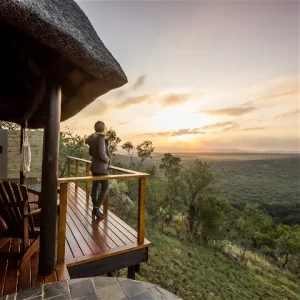Ngorongoro Conservation Area, a UNESCO World Heritage Site, is one of Africa’s premier safari destinations, offering a diverse range of natural wonders. Home to dramatic landscapes like craters, lakes, mountains, and gorges, key attractions include the iconic Ngorongoro Crater, the Shifting Sand, Nasera Rock, Olduvai Gorge & Museum, and the Laetoli footprints. The area’s nine craters, including the famous Ngorongoro Crater, are teeming with wildlife and provide unparalleled safari experiences.
Ngorongoro Crater, a collapsed volcanic mountain that once stood 4,587m above sea level, is the heart of the Conservation Area. This 20-kilometer wide caldera is one of the world’s largest unfilled volcanic craters, with a thriving ecosystem that supports Africa’s Big Five—elephants, buffaloes, lions, leopards, and the endangered black rhino. Whether you’re exploring the wildlife or admiring the geological wonders, Ngorongoro offers an unforgettable adventure.
Accommodation in Ngorongoro Conservation Area caters to all budgets, from budget to luxury options. Stay inside the park for close proximity to nature or choose accommodations outside the park to immerse yourself in local culture.
Ngorongoro Wildlife & Birds
Ngorongoro Conservation Area is renowned for its incredible biodiversity, home to iconic wildlife such as elephants, elands, hartebeests, and the rare black rhino. Hippos inhabit the crater’s permanent freshwater pools, while resident wildebeests and zebras graze in the area, not participating in the Great Wildebeest Migration. Other remarkable wildlife includes lions, leopards, cheetahs, hyenas, wild dogs, buffalo, serval cats, jackals, waterbucks, warthogs, and antelope. Giraffes can often be spotted around Lake Ndutu, where acacia trees create a perfect habitat.
With over 550 bird species, Ngorongoro is a paradise for birdwatching enthusiasts. The lush forests within Ngorongoro Crater are home to vibrant turacos and hornbills, while the plains boast hawks and harriers. Lake Magadi, a prominent feature of the crater, attracts hundreds of lesser flamingos and other birdlife. Visitors may also spot ostriches, kori bustards, crowned cranes, and the majestic secretary bird. The diverse wildlife and birdlife in Ngorongoro make it a must-visit destination for nature lovers and wildlife photographers.
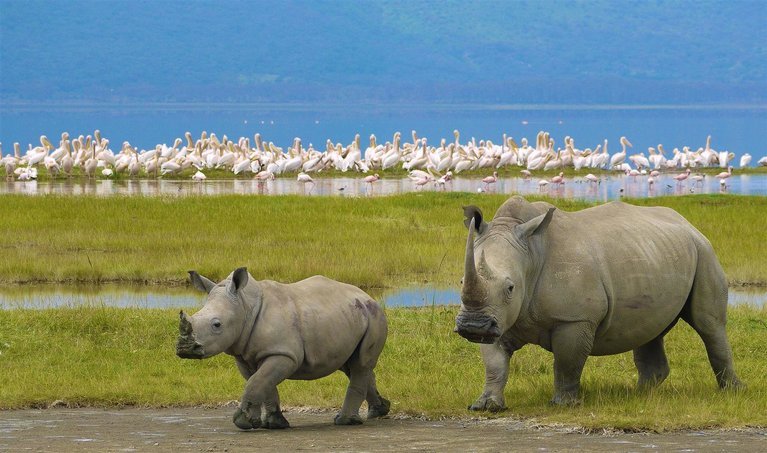
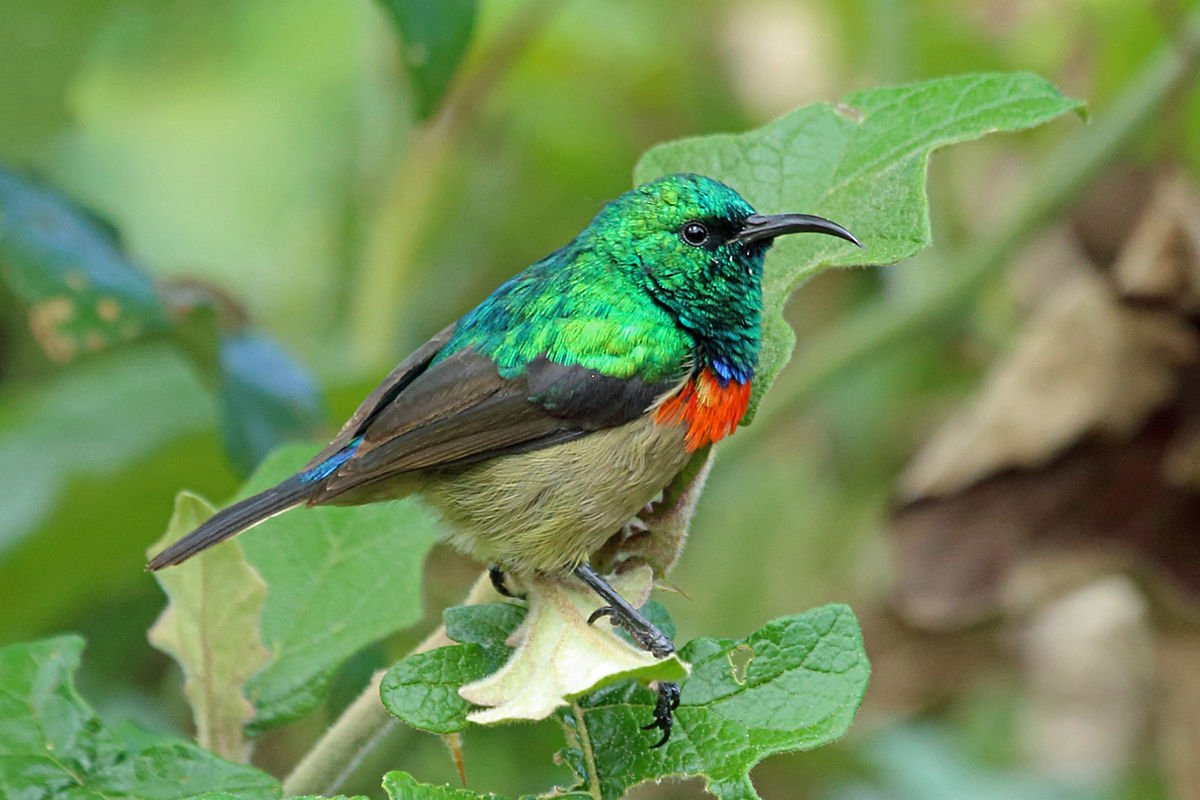
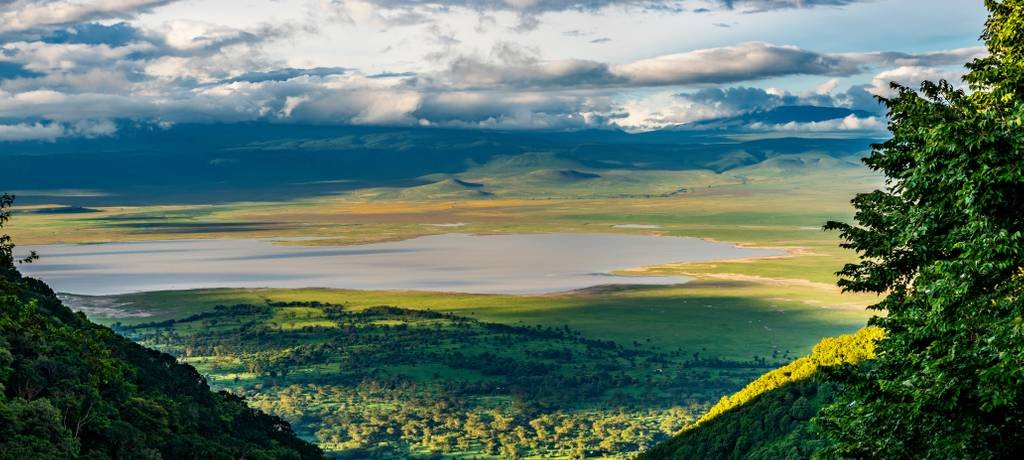
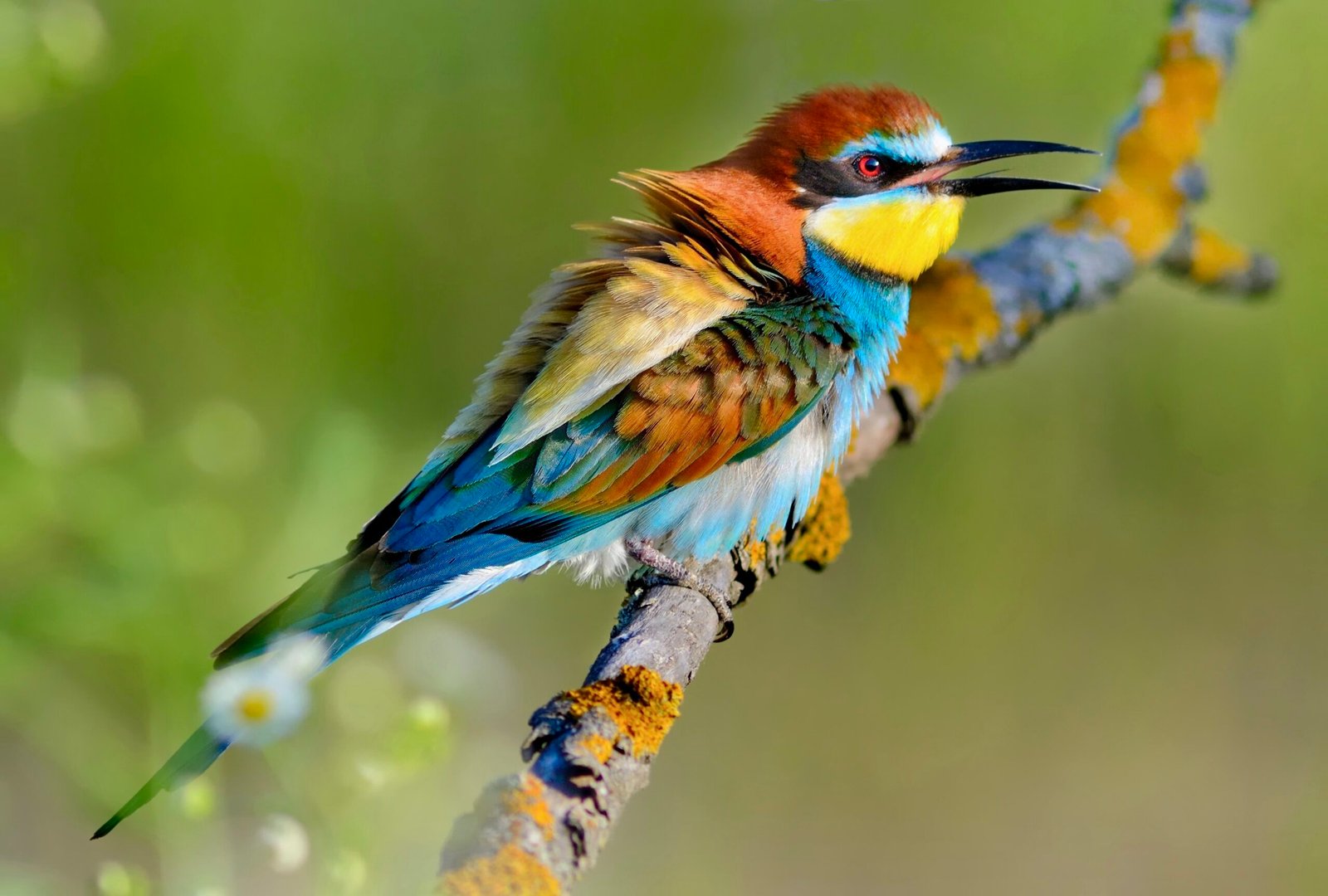
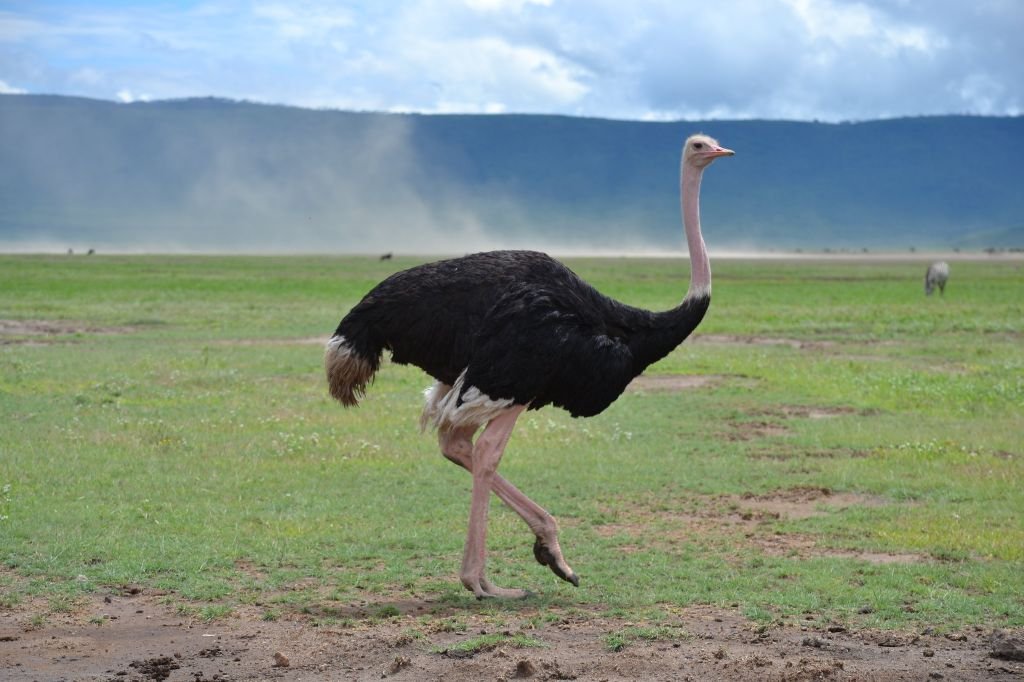
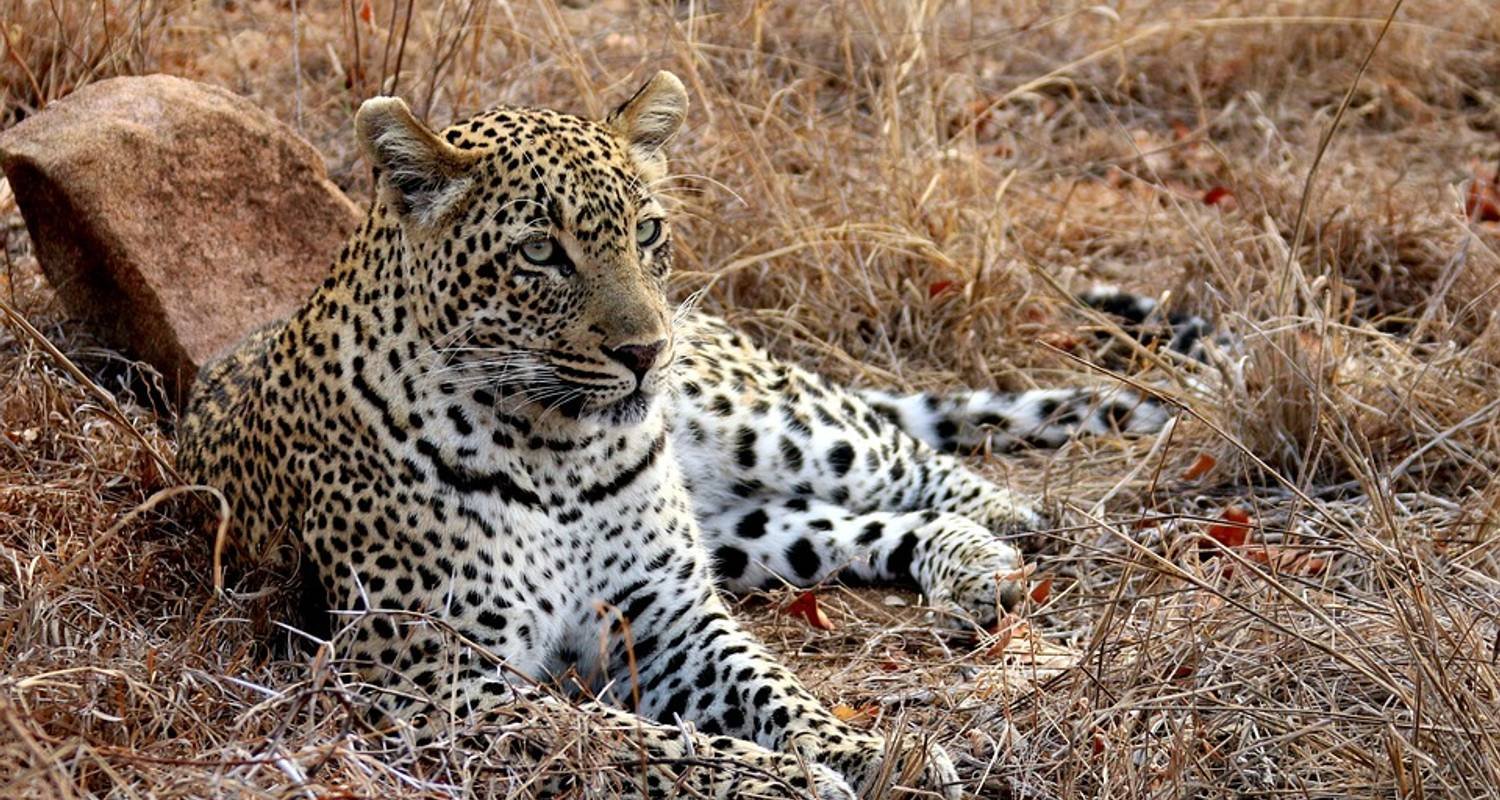
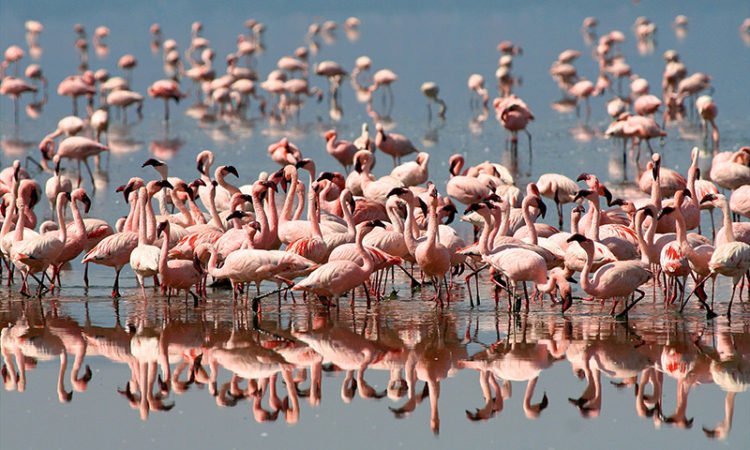


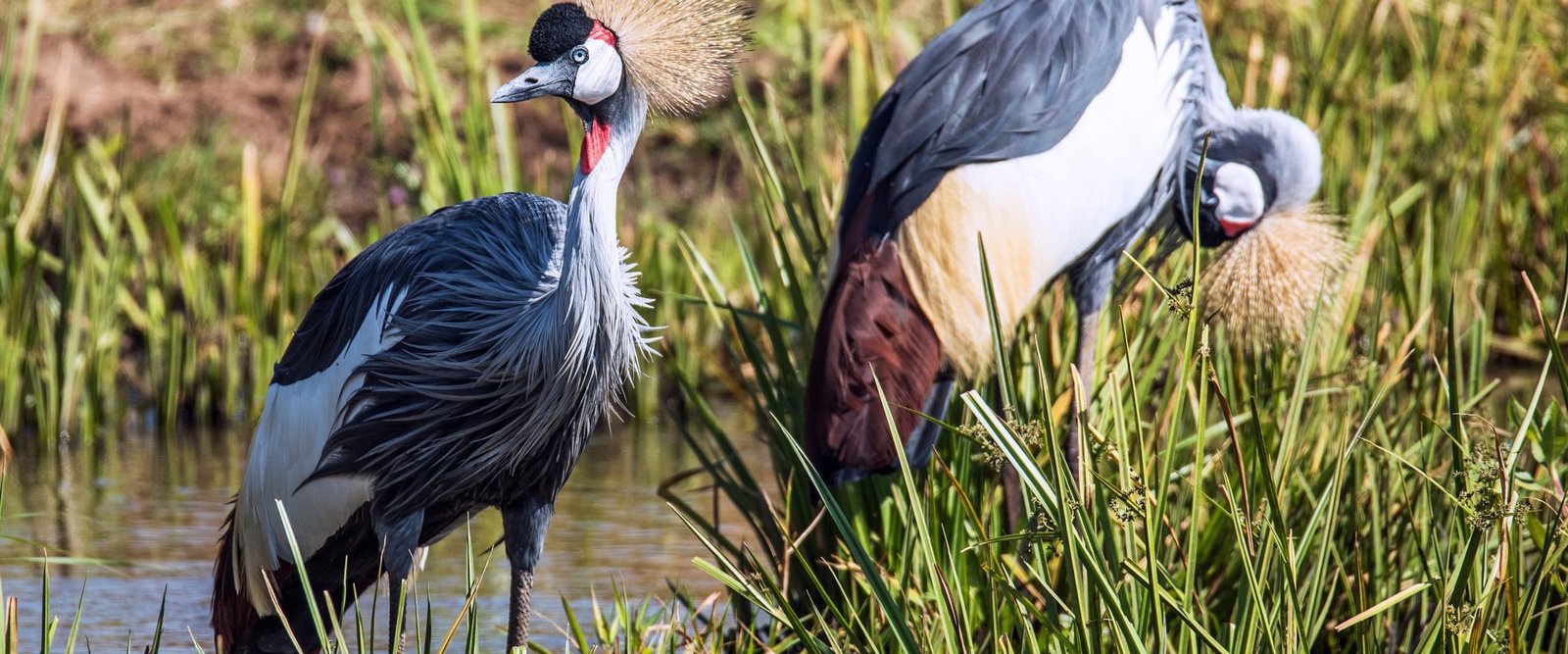
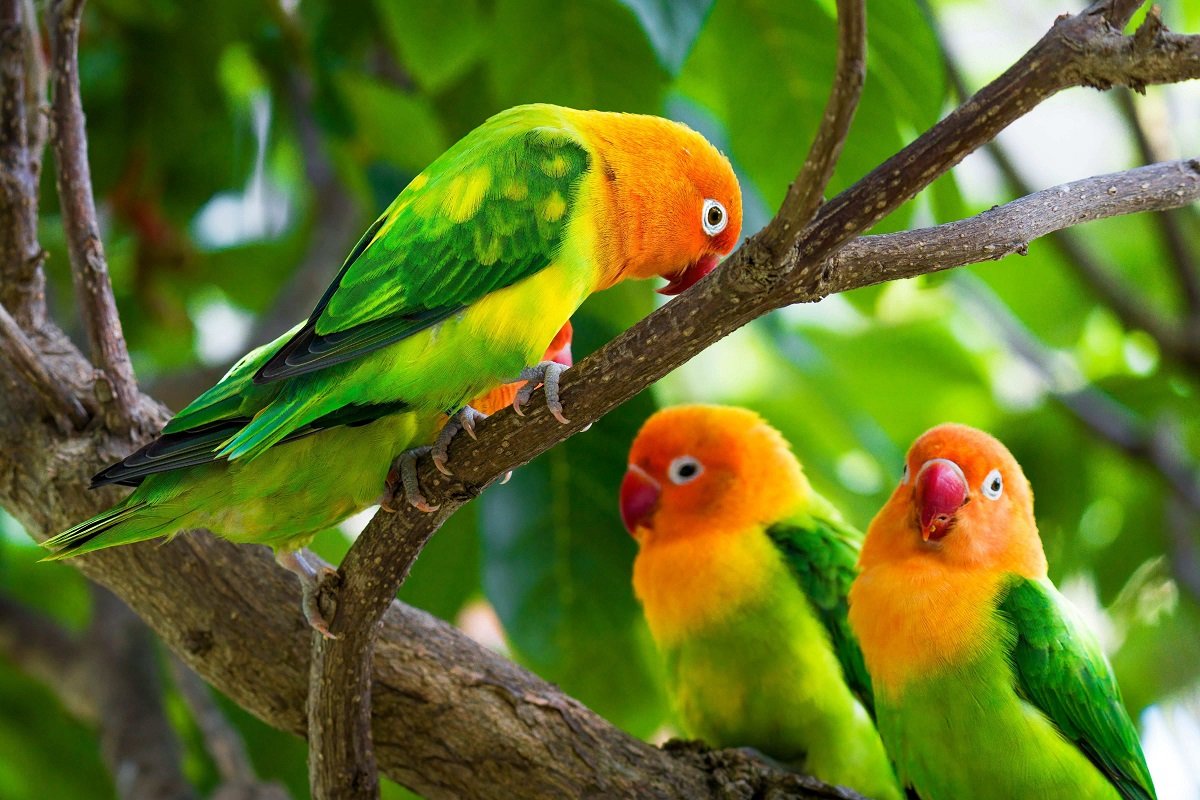
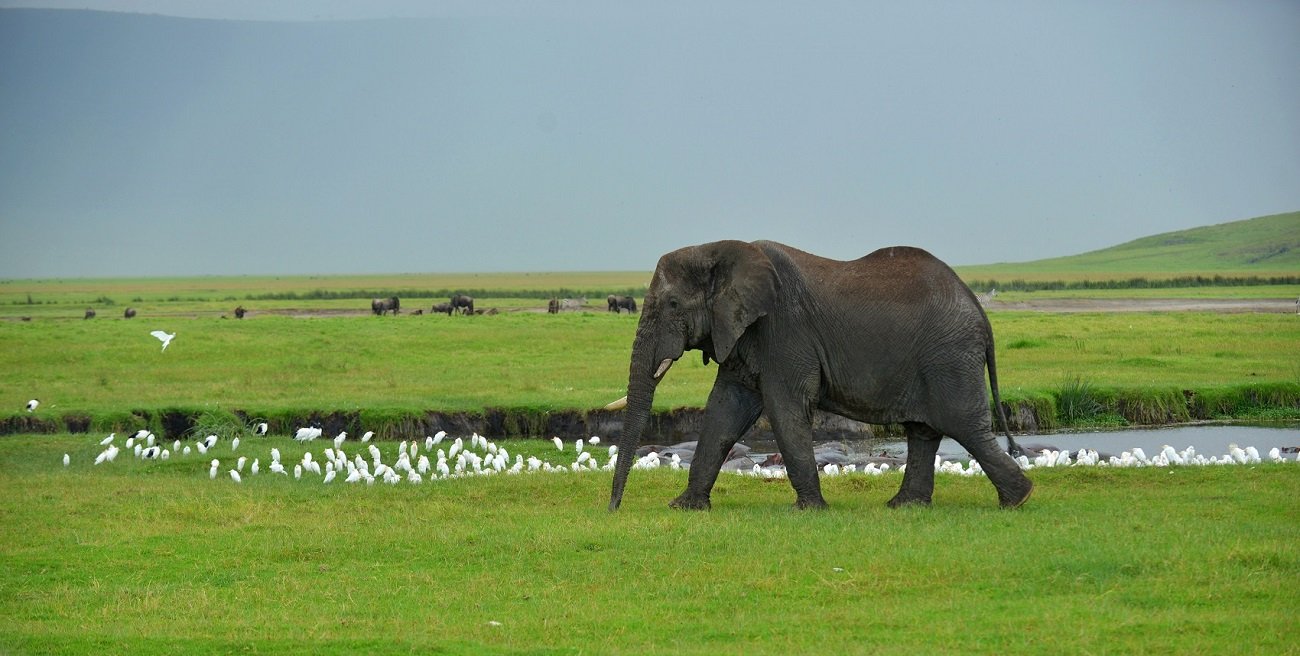
Things to do In Ngorongoro Conservation Area
Game drive in Ngorongoro Crater
Embark on a full-day game drive in Ngorongoro Crater to witness breathtaking landscapes and encounter the Big Five: elephant, lion, leopard, buffalo, and the rare black rhino.
This safari adventure offers the chance to spot a variety of other wildlife, including cheetahs, hyenas, and giraffes. The Ngorongoro Crater’s unique ecosystem provides an exceptional opportunity to observe animals in their natural habitat, making it a must-do experience for any safari enthusiast.
Hiking & Nature Walks
Empakaai and Olmoti Craters are perfect for hiking and nature walks, offering spectacular views of the stunning Ngorongoro landscape. As you explore these craters, you’ll encounter diverse wildlife and experience the area’s natural beauty up close.
Whether you’re trekking through lush forests or walking along scenic trails, these hikes provide an unforgettable way to connect with the remarkable environment of Ngorongoro.
The Great wildebeest Migration Safari
From January to March, the northern part of Ngorongoro Conservation Area becomes a vibrant hub for the Great Wildebeest Migration as millions of wildebeest, zebra, and impala gather for the calving season.
This period offers incredible predator action, with lions, cheetahs, and hyenas taking advantage of the abundant young prey in the Ndutu area. Witnessing the migration and the dramatic wildlife interactions during this time is a must-see experience on any safari.
Bird Watching
Ngorongoro Conservation Area is a birdwatcher’s paradise, offering a diverse array of species. Lake Magadi is home to hundreds of flamingos and a variety of other birdlife, making it a top spot for bird enthusiasts.
Additionally, the Olkarien Gorge, known for being the nesting site of the Rüppell’s Griffon Vulture, adds a unique and rewarding experience to your visit.
History & Cultural Exploration
Ngorongoro Conservation Area is rich in cultural and historical treasures. Visit the Olduvai Gorge Museum to explore ancient fossils, stone tools, and skeletons of extinct animals uncovered in the gorge, offering a fascinating glimpse into our ancestors’ lives. The Laetoli Footprints, the world’s oldest known human footprints, provide insight into early human history. You can also explore the remarkable landscapes of the Gol Mountains and Shifting Sands, each adding a unique historical and cultural layer to your safari experience.
Best time to visit Ngorongoro Conservation Area
Ngorongoro Conservation Area is a year-round destination, with unique experiences in every season. From June to October, the dry season offers clear views and easy animal sightings due to sparse vegetation. For an unforgettable wildlife experience, visit between January and March when the Ndutu area hosts millions of ungulates during the Calving season, attracting a variety of predators.

